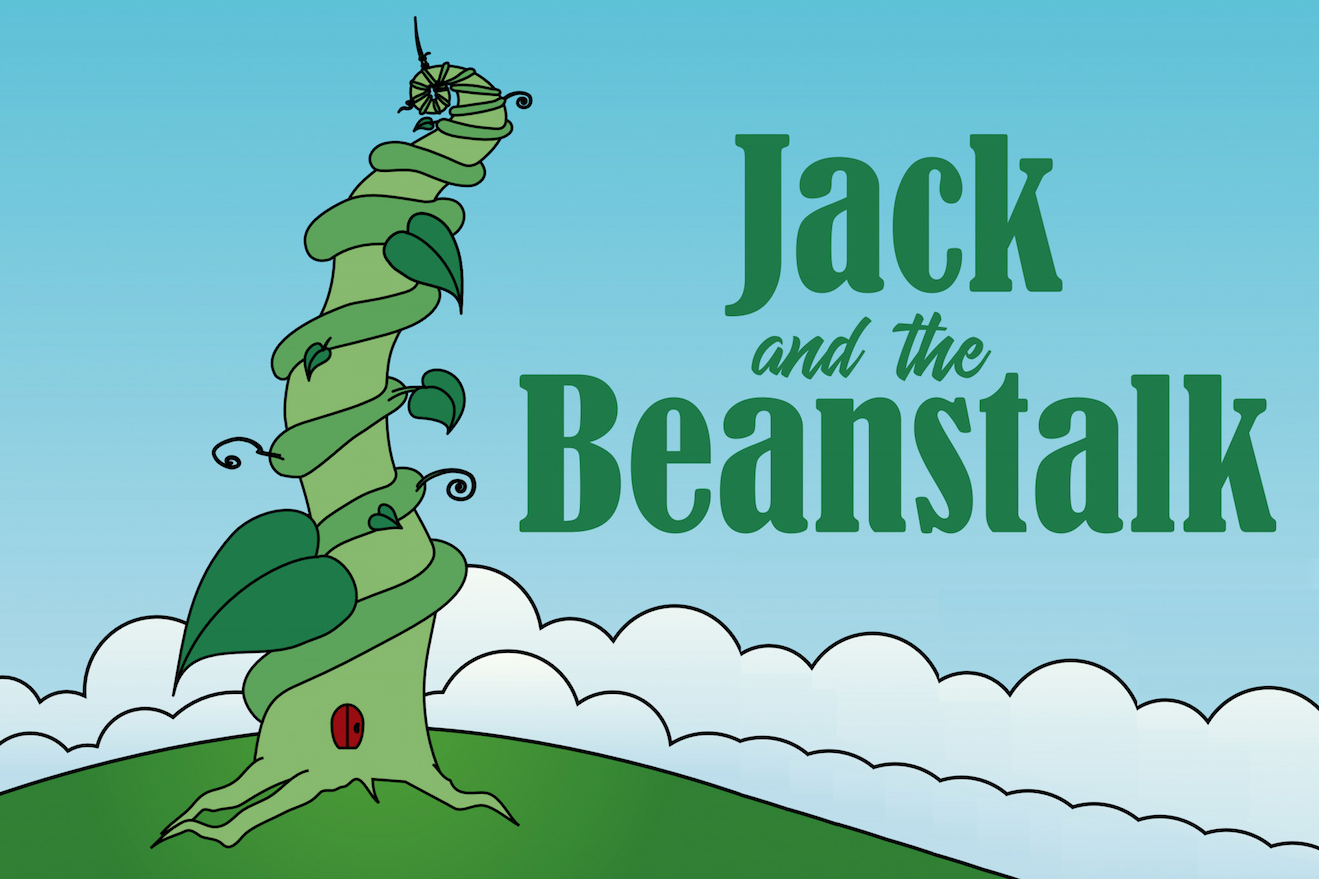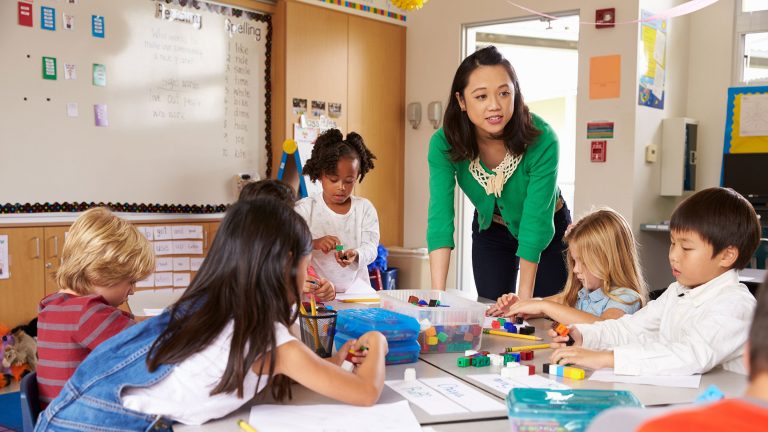7 Classic Stories to Read as Poems
Poetry can be one of the hardest subjects to teach. Students struggle to wrap their minds around poems. What are the elements of poetry? What do the words mean? How do I understand it all?

Smart Frog Education has introduced some fantastic resources recently; seven classic poetry stories rewritten with adorable colorful drawings. My students already had the background knowledge of the story, helping them to understand the poem. The drawings also helped with their comprehension.
Poetry Elements
As your students become familiar with rhyming words, they need to practice finding the words. What better way to help them understand this concept than to study a familiar story that now has rhyming words? Each of Smart Frog's stories has a line of poem on a Powerpoint slide. Your students could copy the line of the poem and highlight or color the rhyming words. An example of this comes from Goldilocks and the Three Bears:
"She reached for the bowl without halt / but spit out the porridge as it had too much salt".
Another idea is to have the students read the story on a tablet or computer. Then, using Flipgrid, they can share their thoughts about the poem, along with noting the poetry elements. Since we are not struggling to understand the poem, the reader can focus on how the beat is represented in the poem.
Anyone for a Venn Diagram?
Comparing and contrasting are a requirement for teaching. I know that in my state, the students start in Kindergarten comparing and contrasting items which then leads to my Second-grade teaching about those concepts within our reading time. These classic stories lend themselves to many different ways to teach common-core standards.
First, a teacher, before reading the poem, can have the students create charts or lists about what they know about the story, such as Jack and the Bean Stalk, Sleeping Beauty or Snow White. You can identify what they know by separating into three categories of books, music, or videos. This comparison will open up a lot of great discussions on the differing versions of the chosen classic story. Then the teacher can introduce the poem and study it with the class. This is where the Venn diagram comes into play? By using this diagram, maybe with three circles listed as a book title, the poem, and a video. Your students can work in groups to show where the differences and the similarities exist.
Who is Speaking?
Another way to use these classic story poems is to study point of view or perspective. Who is speaking or telling the story? To explore this standard, The Three Little Pigs is a great choice. To start the teaching, I would read the original three little pigs story. An option for this is finding a reading you like on YouTube for the students to watch. Then have a student-led discussion of who is telling the story. Whose side is the storyteller supporting?
Next, I would have the class read The True Story of the Three Little Pigs. You could read the book out loud to the class, have a listening centre with the book on cd, have your classroom technology read the story to them, the possibilities are almost endless. Then have the perspective conversation. Who is telling the story now? Whose side is the storyteller on now?
Lastly, I would use the story in poem form from Smart Frog Education. You could have the students take turns reading the poem’s slides out loud. Maybe even choral reading organising boys against the girls could be used for competition. Now the discussion of who is telling the story can be led by you or student leaders.
All in all, Smart Frog Education has done an excellent job on these stories. The illustrations are relevant and capture the action for the lines of the poem. The classic stories they offer range in interest from Cinderella to Animals in the Jungle to Alice in Wonderland .
Using these poem stories will bring up my poetry study this coming school year. I can not wait to introduce them to my class!
Bonnie is a 19 year veteran of teaching grades 2, 3, and 4 and is currently teaching Second at a public Title 1 school. She loves researching and implementing new ideas into her classroom which stretches her and the kids. She is also a goat rancher, she raises chickens and does mission work in Mexico.

Five Effective Ways to STEM Your Classroom
STEM - Science Technology Engineering Math - is a way to incorporate all four disciplines into one activity. What a challenge for educators as we...

6 Reasons Why Your School Principal Will Buy You a Christmas Present
Wondering if your principal will buy you a Christmas present or not? Well, if you've done any of these six things, you should be just fine. If...
